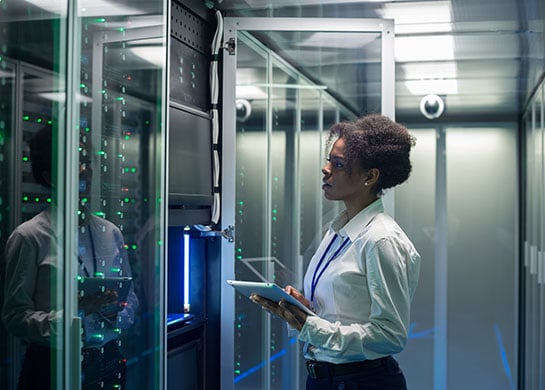
Cybersecurity is undoubtedly at the top of the list when you think of security risks for your financial institution. Because cybersecurity, and mitigation of related risks, is extremely important in protecting confidential and sensitive information, intellectual property, corporate data, and systems. But, it’s also important to keep physical security risks in mind as well, as it plays a key role in ensuring the physical safety of your business and employees.
Think of physical security as the protection of personnel, hardware, software, networks and data from physical actions and events that could cause serious loss or damage to a financial institution. Your main objective is to maintain physical security in order to safeguard your company’s employees and assets.
However, physical security is often overlooked, and its importance underestimated. Plus, physical security breaches can be carried out with little to no technical knowledge on the attacker’s behalf.
It’s important to take time to understand the types of physical security risks, rate the severity of the risks, and address ways to both mitigate and respond, if needed. Remember, having a security risk assessment in place is crucial. This link includes some useful information regarding security risk assessments and finding a balance between risk and controls.
Different categories of physical security risks include:
In addition, always be aware of your surroundings, as well as the people around you and your interactions both on a business level and a personal level. If you see something suspicious, report it. Make sure to have a Physical Security Policy and procedures in place that will help assist you in the proper protocol for protecting employees and assets.
Your financial institution may want to cover aspects of physical security in your IT Management policies. It’s a good idea to review policies and procedures at least annually or as security risks evolve.
Cybersecurity will always be vital, but it is also important to remember how crucial physical security is for a financial institution’s overall security and compliance efforts.
Stay up to date with the latest people-inspired innovation at Jack Henry.
.svg)

Learn more about people-inspired innovation at Jack Henry.
Who We Serve
What We Offer
Who We Are